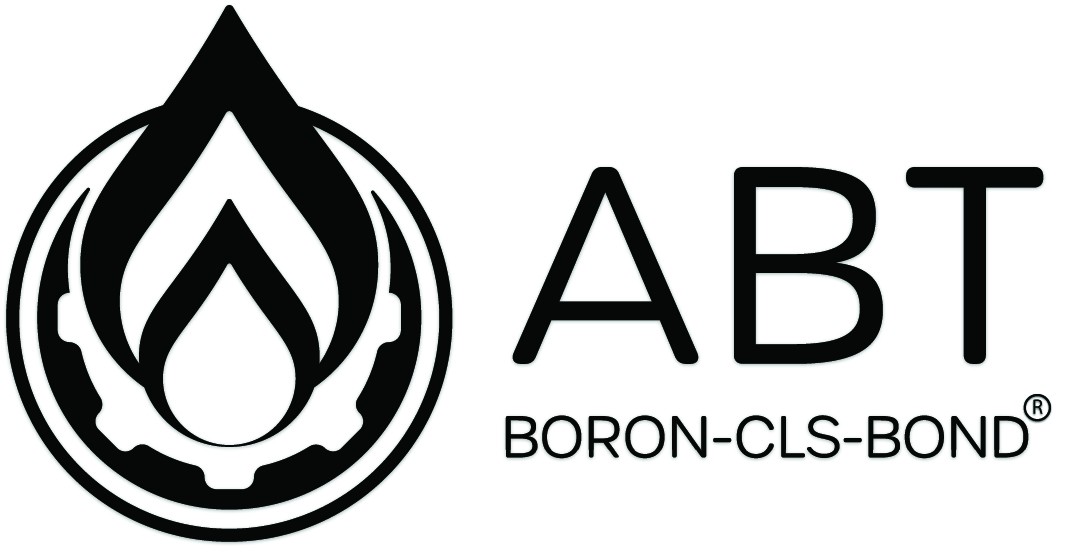How to Get Started with How Best Commercial
Here are some common problems and solutions:
- Belt Slipping: If the running belt slips, check the alignment and tension. A powerful motor ensures smooth operation and can support various speeds.
- Belt System: The running surface where you walk or run. Some advanced models even include touch sensors or chest straps for heart rate monitoring.
User Inputs & Outputs
Understanding how user inputs and outputs work on an at-home treadmill can enhance your workout experience.
Walking is one of the simplest and most effective forms of exercise, and having a treadmill at home can make it even easier to incorporate this activity into your daily routine.
Most treadmills allow you to input your age, weight, and fitness goals.
Behind-the-Scenes Technology
Treadmills may seem straightforward, but they are equipped with advanced technology that enhances your workout experience. Here are some key components:
- Motor: The heart of the treadmill, typically a DC motor, drives the belt and allows for speed adjustments. Ensure that the power outlet is functioning.
- Belt Slipping: If the belt slips during use, it may need to be tightened. Here’s how they work:
User Inputs
- Speed Settings: You can adjust the speed based on your fitness level and workout goals, whether you prefer walking, jogging, or running.
- Incline Levels: By setting the incline, you can add intensity to your workouts, which increases caloric burn.
- Workout Programs: Many treadmills come with preset workout programs that vary in intensity and duration, providing structure to your routine.
User Outputs
- Display Console: This shows important metrics such as time, distance, calories burned, and heart rate.
- Feedback: Treadmills often provide real-time feedback, helping you track your progress and adjust your efforts accordingly.
- Audio and Visual Features: Some models come with built-in speakers for music or TV screens for entertainment, making workouts more enjoyable.
Troubleshooting Tips
Like any machine, treadmills can encounter issues. In this article, we will explore the mechanics of treadmills, the technology behind them, user interactions, troubleshooting tips, and a summary flowchart for easy reference. walking machine for home
Step-by-Step Onboarding
When you first purchase a treadmill, the onboarding process is crucial for ensuring you use it effectively.
Adjust the tension or replace the belt if necessary.
- Noise Issues: If the treadmill is making unusual noises, check for loose bolts or lubricate the deck and belt.
- Error Codes: Many treadmills have built-in diagnostics. Here’s a step-by-step onboarding to familiarize you with your treadmill.
- Unboxing and Assembly: Carefully unbox your treadmill and follow the manufacturer’s assembly instructions. Happy exercising!
Step-by-Step Onboarding
Using a treadmill at home can seem daunting for beginners, but the onboarding process is quite straightforward. Refer to the manufacturer’s manual for specific instructions on tensioning the belt.
- Noise Issues: Unusual noises can indicate a need for lubrication. Treadmills may have incline settings, while bikes can offer magnetic resistance.
- Heart Rate Monitors: Many machines come equipped with sensors to track your heart rate, helping you stay within your target heart rate zone for optimal fat burning and cardiovascular health.
- Console Display: The display provides real-time feedback on metrics such as speed, distance, calories burned, and heart rate, allowing users to track progress.
- Smart Technology: Some modern machines include connectivity options for fitness apps, enabling users to sync their workouts and monitor progress over time.
- Unboxing and Assembly: Carefully unbox your treadmill and follow the manufacturer’s assembly instructions. Happy exercising!
User Inputs & Outputs
Understanding how user inputs translate into outputs can help optimize your cardio workouts.
It may also require recalibration.
Summary Flowchart
To summarize the operation of a home treadmill, here’s a simple flowchart: best commercial treadmill for home use
- Start: Plug in the treadmill and insert the safety key.
- Assembly Complete? If yes, proceed to the console setup. Here are some troubleshooting tips to keep your treadmill running smoothly:
- Check Power Supply: Ensure the treadmill is properly plugged in and the outlet is functioning.
- Inspect the Belt: If the belt is slipping or making noise, it may need to be tightened or lubricated.
- Console Issues: If the console is unresponsive, try resetting the treadmill or checking for loose connections.
- Calibration Problems: If distance or speed readings seem inaccurate, recalibrate the treadmill according to the manufacturer’s instructions.
- Regular Maintenance: Routinely check and maintain the motor, belt, and deck to prevent long-term issues.
Summary Flowchart
To visualize the operation of a home treadmill, consider the following flowchart: top treadmill for home best treadmills for home
- Start
- Assemble Treadmill
- Power On
- User Profile Setup
- Calibration
- Select Workout
- Begin Workout
- Monitor Metrics
- Adjust Settings as Needed
- Finish Workout
- Review Summary
In conclusion, understanding how top-rated home treadmills work can enhance your exercise experience. In this article, we will explore the inner workings of treadmills, guiding you through a step-by-step onboarding process, the technology behind their operation, user inputs and outputs, troubleshooting tips, and a summary flowchart to consolidate your knowledge.
Step-by-Step Onboarding
When you first purchase a treadmill, the onboarding process is crucial for ensuring you get the most out of your machine. Many models also include features like heart rate monitors and Bluetooth connectivity.
- Incline Mechanism: Some treadmills include an incline feature that simulates uphill running, enabling a more challenging workout.
- Safety Features: Look for automatic shut-off switches and safety keys to prevent accidents during workouts.
User Inputs & Outputs
Your interaction with the treadmill involves several inputs and outputs that enhance your workout experience. Whether it’s a treadmill, elliptical, or stationary bike, understanding how these machines operate can enhance your workout experience.






